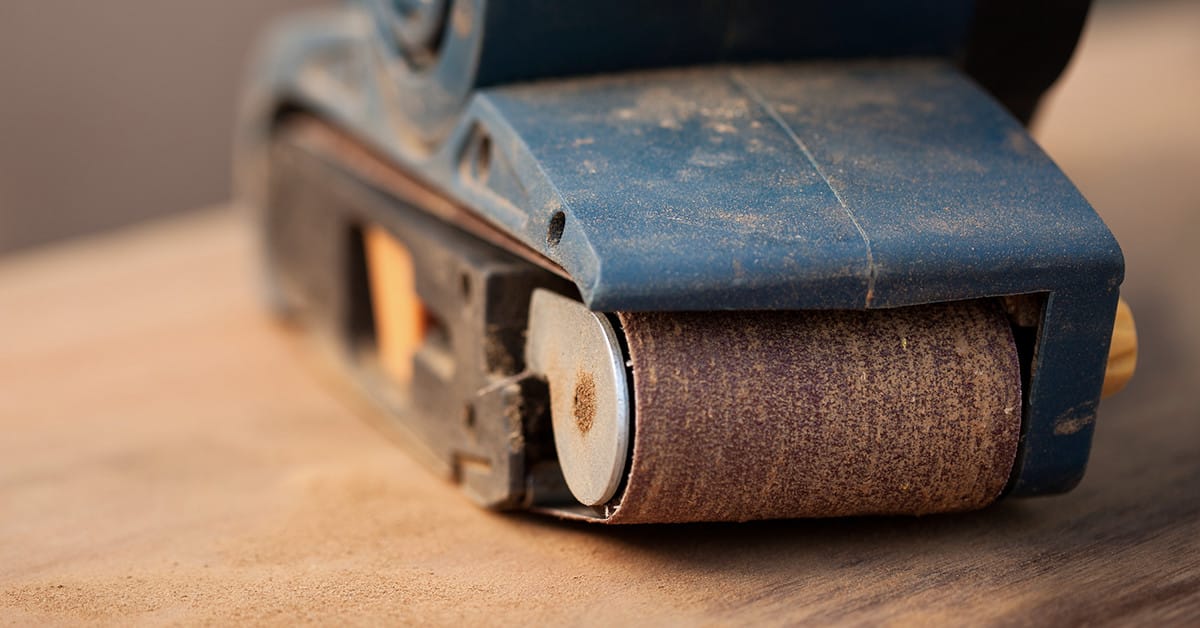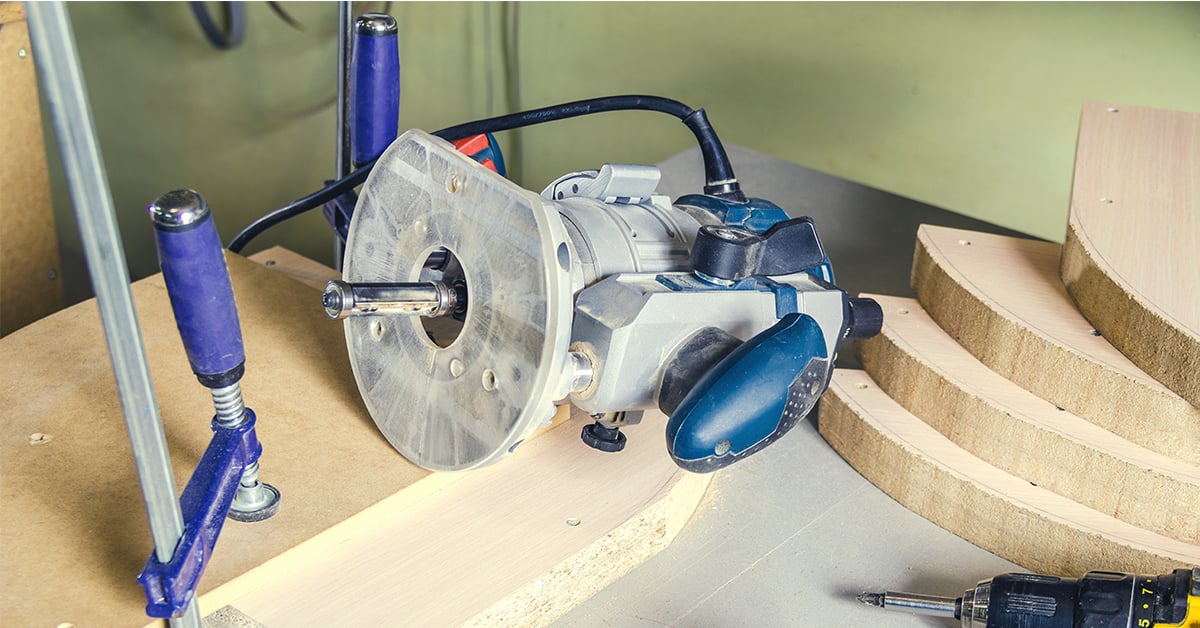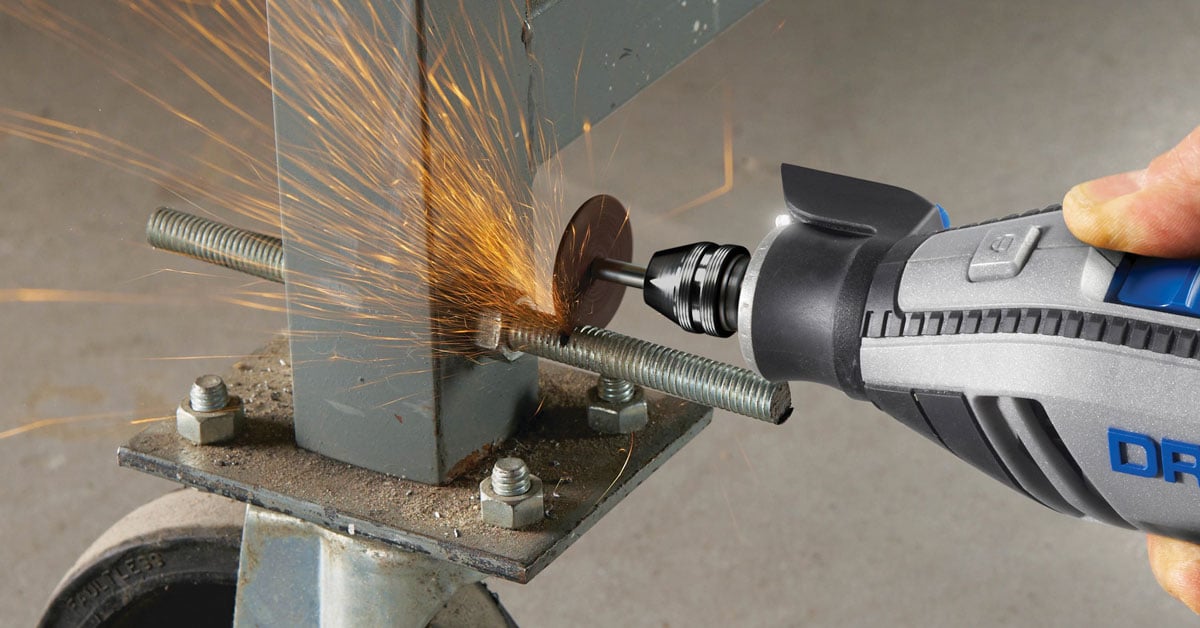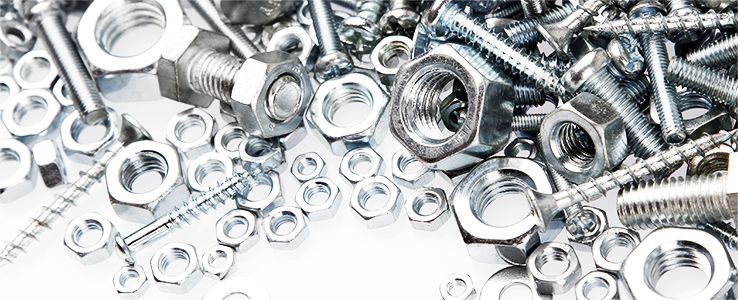Difference Between a Rotary Saw and a Rotary Tool
While both terms are often used interchangeably, rotary tools are not always saws. A rotary tool usually describes a compact, lightweight power tool for drilling, engraving, carving, grinding, polishing, and deburring. This versatile tool is commonly used for crafting and small DIY projects. While not ideal for large tasks, it can serve for home improvement projects involving grout removal and cutting drywall.
A portable rotary saw is slightly larger and heavier. It’s powerful enough for professional tasks and usually come with fewer accessories than a rotary tool. While a rotary tool is compact and adaptable, a spiral cut saw is a heavy-duty rotary tool used for specific applications. These include making cutouts and shapes in different materials.














